Recognizing the threats that endanger the permanence of these two species of endemic birds of Colombia: The Atlapetes flaviceps and The Leptotila conoveri, described in part one of this article, I will tell you about the strategy for their conservation, according to the study carried out by the SELVA foundation, with the follow-up and full support of AMERICAN BIRD CONSERVANCY (ABC).
Reconociendo las amenazas que ponen en peligro la permanencia de éstas dos especies de aves endémicas de Colombia: El Atlapetes flaviceps y La Leptotila conoveri, descritas en la parte uno de éste articulo, paso a contarles la estrategia para su conservación, según el estudio realizado por la fundación SELVA , con el seguimiento y total apoyo de AMERICAN BIRD CONSERVANCY (ABC).
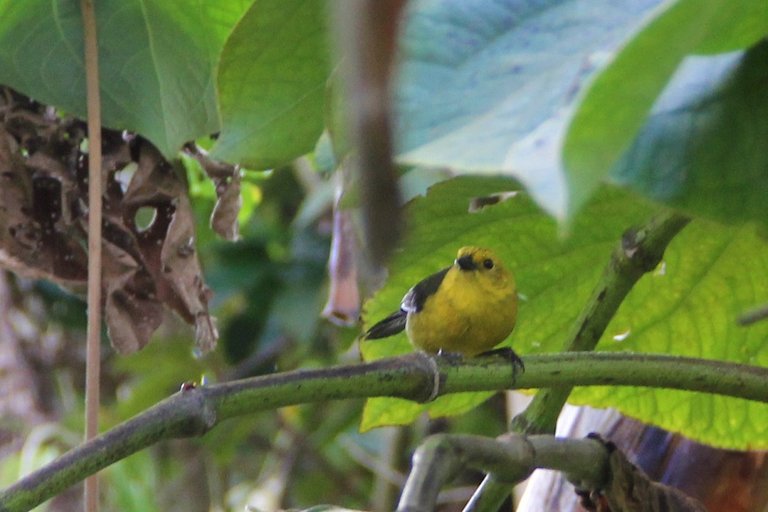
It is here where human beings from different parts of the planet come together in a room and with an end; be part of the conservation strategy and contribute from the most local with the goals to ensure the permanence of: Tolima Dove Leptotila conoveri and Yellow-headed Brushfinch Atlapetes flaviceps.
Es aquí donde seres humanos de distintas partes del planeta reunidos en un salón y con un fin; ser parte de la estrategia de conservación y contribuir desde lo más local con las metas para asegurar la permanencia de la: Tolima Dove Caminera Tolimense Leptotila conoveri and Yellow-headed Brushfinch Atlapetes de anteojos Atlapetes flaviceps.

Exemplary Foreigners:
Extranjeros ejemplares:
The deputy director of the international division of the American Bird Conservancy; Wendy Willis, (USA) who constantly supported the study and alerted the community in Colombia about the two endemic species, the area director of migratory species of SELVA; Dr. Nick Bayly, (England) who led the study on the two endemic species, and I can not fail to mention my husband who represented Quinta Esencia Taller, a local NGO that participated as a guest at the forum, the sociologist Alex Trapp (USA). Also in attendance were Conservation International and the WWF.
La subdirectora de la división internacional de la American Bird Conservancy; Wendy Willis, (USA) quien apoyo constantemente el estudio y puso en alerta a la comunidad en Colombia sobre las dos especies endémicas, el director de área de especies migratorias de SELVA; El Dr. Nick Bayly, (Inglaterra) quien lideró el estudio sobre las dos especies endémicas, y no puedo dejar de mencionar a mi esposo quien representó a Quinta Esencia Taller, ONG local que participo como invitada al foro, el sociólogo Alex Trapp (USA).También asistió Conservación internacional y la WWF.
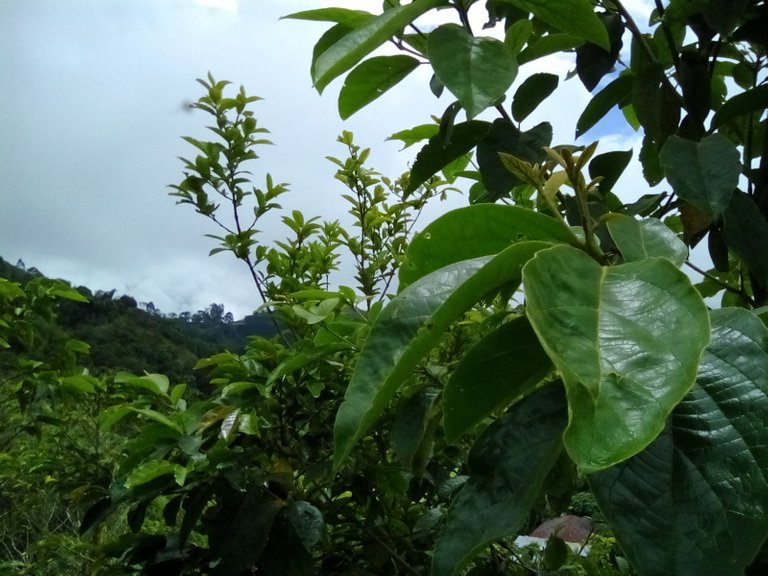
Among the local participants attended were The University of Tolima, The University of Ibagué, Asohermosas, Anthocephala, Santa Librada Reserve, Community of the Municipalities of: Planadas, El Líbano, Chaparral, Roncesvalles and the community of Ibagué among others. The great majority of participants were from the department of Tolima.
Entre los participantes locales asistieron; La Universidad del Tolima, La Universidad de Ibagué, Asohermosas, Anthocephala, Reserva Santa Librada, Comunidad de los Municipios de: Planadas, El Líbano, Chaparral, Roncesvalles y comunidad de Ibagué entre otras. La gran mayoría de participantes fueron del departamento del Tolima.
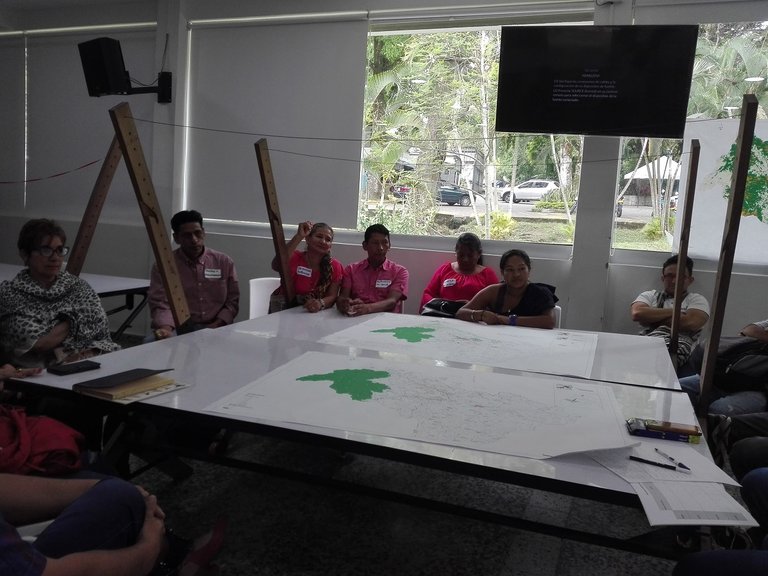
How can a conservation action be carried out?
Through the following strategies, which provide the steps to follow according to the priority of each area, in this case the department of Tolima where ecosystems are found to be liked by these two species of endemic birds.
Cómo se puede llevar a cabo una acción de conservación?
A través de las siguientes estrategias, las cuales brindan los pasos a seguir de acuerdo a las áreas prioritarias, en este caso el departamento del Tolima donde se encuentran ecosistemas al parecer de agrado para éstas dos especies de aves endémicas.

According to the report presented by the SELVA Foundation, the conservation strategy for the Atlapetes flaviceps was carried out taking into account the synthesis of information presented in Escudero-Páez et al. (2008)1 which describes that the species visits or is associated with intervened sites, mixed vegetation and that possibly need presence of forest and areas in recovery.
Según el informe presentado por la Fundación SELVA, La estrategia de conservación para el Atlapetes flaviceps, fue realizada teniendo en cuenta la síntesis de información planteada en Escudero-Páez y otros (2008)1 la cual describe que la especie visita o se asocia a sitios intervenidos, vegetación mixta y que posiblemente necesite presencia de bosque y áreas en recuperación.
This strategy proposes to incentivize diversified agroforestry systems (AFS), encourages the maintenance and creation of corridors of natural vegetation in the landscape, teaches the recognition of the species, also creating alliances with different environmental entities and the local community and, one of the most important, using education as a tool to minimize the pressure on the habitat that occupies the Yellow-headed Brushfinch.
La estrategia propone incentivar los sistemas agroforestales diversificados (SAF), motiva la mantenimiento y creación de corredores de vegetación natural en el paisaje, incentiva el reconocimiento sobre la especie, también crear alianzas con diferentes entes ambientales y la comunidad local y, una de las más importantes, usar la educación como herramienta para minimizar la presión sobre el hábitat que ocupa el Atlapetes de anteojos.
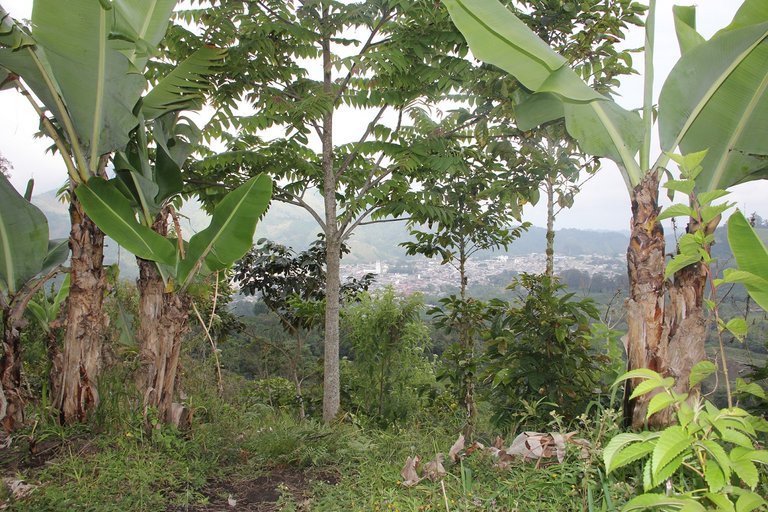
The general objectives to contribute with the conservation strategy of the Yellow-headed Brushfinch are the following:
Los objetivos generales para contribuir con la estrategia de conservación del Gorrión montes de anteojos; Yellow-headed Brushfinch son textualmente los siguientes:
"Improve the quality of habitat by identifying and promoting / encouraging good agricultural practices that favor the presence of A. flaviceps"
"Increase the habitat available for A. flaviceps by maintaining and regenerating elements of natural vegetation within agricultural landscapes in priority areas"
"Design effective conservation actions to establish which configurations of rural landscapes support the highest densities of A. flaviceps and which factors negatively affect populations"
"Reduce the loss of suitable habitat by generating pride in the presence of A. flaviceps in the communities that are in the priority areas for the species"
“Mejorar la calidad de hábitat al identificar y promover/incentivar buenas prácticas agrícolas que favorecen la presencia de A. flaviceps”
“Aumentar el hábitat disponible para A. flaviceps al mantener y regenerar los elementos de vegetación natural dentro los paisajes agrícolas en las áreas prioritarias”
“Diseñar acciones de conservación efectivas al establecer cuáles configuraciones de los paisajes rurales soportan las mayores densidades de A. flaviceps y cuáles factores afectan negativamente a las poblaciones”
“Reducir la perdida de hábitat idóneo al generar orgullo por la presencia de A. flaviceps en las comunidades que se encuentran en las áreas prioritarias para la especie”
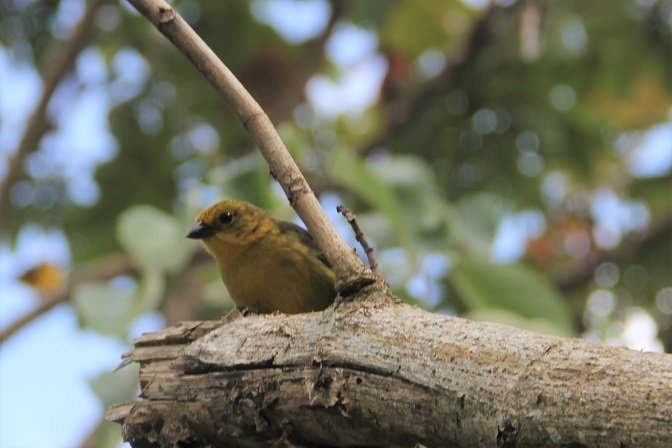
The conservation strategy for Tolima Dove, Leptotila conoveri, proposed taking into account the synthesis of the report in Escudero-Páez et al. (2008), which indicates that this species of bird has adapted to rural landscapes "as long as there are patches of forests, shrubs or secondary vegetation nearby." The proposed strategy for the Tolima Dove is the same as for the Atlapetes flaviceps with the same general objectives with the exception of one:
La estrategia de conservación para la Tolima Dove, Leptotila conoveri, planteada teniendo en cuenta la síntesis del informe en Escudero-Páez y otros (2008), indica que ésta especie de ave se ha adaptado a paisajes rurales “siempre y cuando existan parches de bosques, matorrales o vegetación secundaria cercana." La estrategia propuesta para la Tolima Dove es la misma que para el Atlapetes de anteojos con los mismos objetivos generales a diferencia de uno, textualemente:
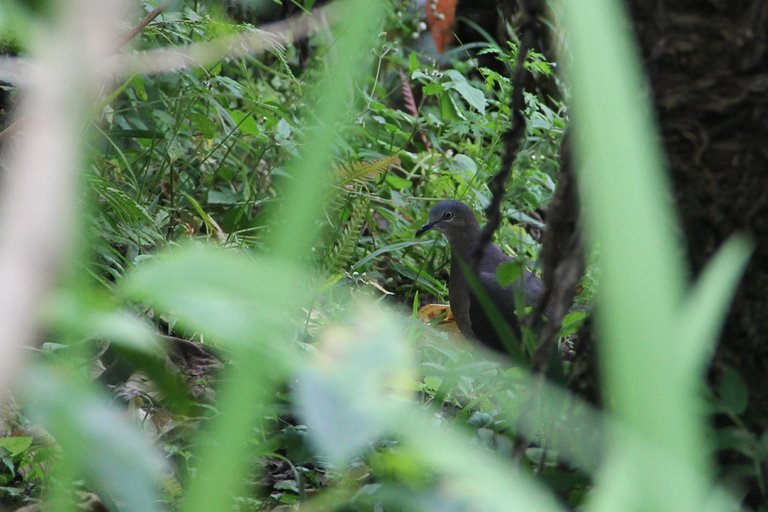
"Reduce the hunting pressure on L. conoveri and the loss of its ideal habitat by generating pride in the presence of the species in the communities that are in the priority areas"
“Reducir la presión de cacería sobre L. conoveri y la perdida de su hábitat idóneo al generar orgullo por la presencia de la especie en las comunidades que se encuentran en las áreas prioritarias”
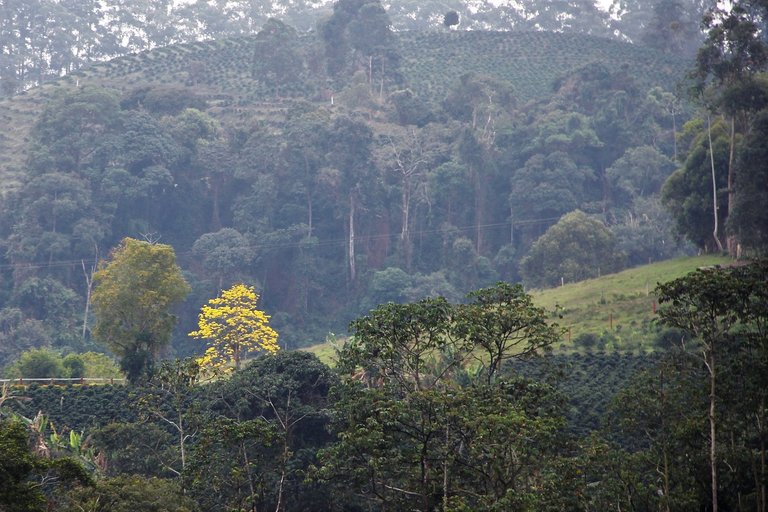
If it is the action of the human species that affects and endangers the life of other species, it is better that we ourselves (reasonable humans) begin to react and take positive initiatives to preserve the permanence of such other species. By being a part of the conservation strategies of two species of birds, not only the birds gain but humans can obtain benefits and ensure the permanence of our own species as well.
Si es la acción de la especie humana la que atenta y pone en peligro la vida de otras especies, que mejor que seamos nosotros mismos (humanos razonables) los que empecemos a reaccionar y a tomar iniciativas positivas para conservar la permanencia de las demás especies. Siendo parte de las estrategias de conservación de dos especies de aves, no solo las aves ganan sino los humanos podemos obtener beneficios y asegurar la permanencia de nuestra propia especie también.
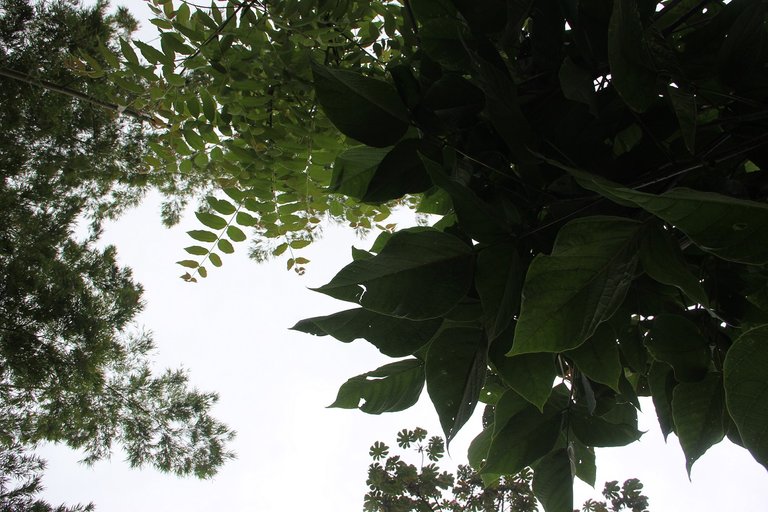
Again with love and empowerment I invite you to be part of this strategy and contribute to the permanence of these two endemic birds of Colombia, South America.
De nuevo con amor y empoderamiento te invito a ser parte de ésta estrategia y contribuir con la permanencia de éstas dos aves endémicas de Colombia, sur América.
God bless you
Dios los bendiga
Bibliografía/References:
Ayerbe -Quiñones F., Guía ilustrada de la Avifauna colombiana. 2018.
(1)Escudero-Páez, S., Botero-Delgadillo, E., Moreno, M.I. y Bayly, N.J. 2018. Estrategia de conservación para Atlapetes flaviceps en Colombia. SELVA: Investigación para la Conservación en el Neotropico, Bogotá D.C., Colombia. 25 pp
Molina-Martinez, G., Sintesis de información Atlapetes Flaviceps. Libro Rojo.
I am honored to have been a part of this event, and to have heard from everyone involved. Thank you for making all of our efforts live on by locking them into the blockchain with great journalistic style.
Looking forward to part 3!
Congratulations @ecoinstante! You have completed the following achievement on the Steem blockchain and have been rewarded with new badge(s) :
You can view your badges on your Steem Board and compare to others on the Steem Ranking
If you no longer want to receive notifications, reply to this comment with the word
STOPTo support your work, I also upvoted your post!
Do not miss the last post from @steemitboard:
Vote for @Steemitboard as a witness to get one more award and increased upvotes!
This post was shared in the Curation Collective Discord community
community witness. Please consider using one of your witness votes on us here for curators, and upvoted and resteemed by the @c-squared community account after manual review.@c-squared runs a